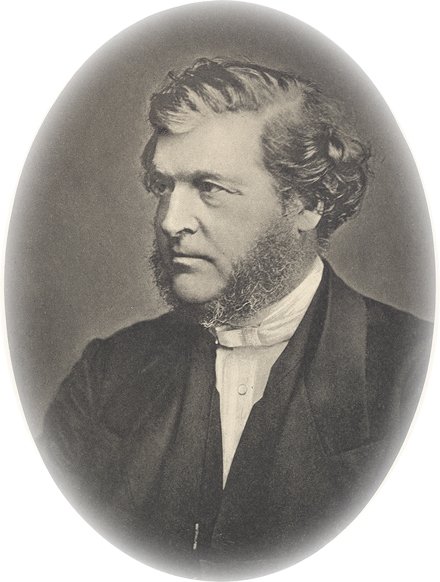Dr. Rainy on the formation of the Canon
Dr. Langdon entertains (or seems to entertain) the misconception that at some Church Council or other (Nicea in his case) a group of men selected by who knows what criteria sat down with a great big pile of manuscripts and said, "Let's decided which of these we want to accept as authoritative and which we want to throw out." Such a view is woeful simplistic and unhistorical. There never was any such council. Constantine did not finance the construction of a new canon, he financed the production of copies of the existing Bible to replace Bibles destroyed in the persecution under Diocletian. The misconception runs deeper. Canonicity was not the Church giving authority to certain books, but recognising that those books were already authoritative.
It is of interest to note that the first recorded 'Canon' (From the Greek kanon, which it in turn derived from the Semitic qaneh, meaning a reed, and from that a measuring rod, from which is derived the metaphorical meaning of a rule or standard) of the New Testament is that of Marcion, a Gnostic heretic who began to teach in about 140AD. Marcion was so far from adding to Scripture that he reduced the New Testament to two books, the Gospel, a truncated version of Luke missing the birth-narratives, so that Jesus just 'appears' aged thirty or so; and the Apostle, containing most of Paul's Epistles, except for the Epistles to Timothy and Titus.
What is interesting about this is the reaction of the Churches. Every reply to Marcion insisted that the books recognised as authoritative were more than those included in Marcion's list. There were four Gospels, not just one, there was a book of Acts, and there were Epistles of some other apostles and 'apostolic men' in addition to Paul's Epistles.
Notice that, over 150 years before the Council of Nicea, the Churches recognised four Gospels and four only. Not 'eighty', as Dr. Langdon has unguardedly stated. And they did this without a Church Council of any sort.
The first Church Council to produce a list of the books recognised as authoritative by the Church was the Synod of Carthage in AD 397, a local council, after Nicea. the Synod of Carthage merely recorded that the following twenty-seven books were accepted as authoritative by the Church, as the Westminster Assembly did in the 17th Century..
It is of interest to note that the first recorded 'Canon' (From the Greek kanon, which it in turn derived from the Semitic qaneh, meaning a reed, and from that a measuring rod, from which is derived the metaphorical meaning of a rule or standard) of the New Testament is that of Marcion, a Gnostic heretic who began to teach in about 140AD. Marcion was so far from adding to Scripture that he reduced the New Testament to two books, the Gospel, a truncated version of Luke missing the birth-narratives, so that Jesus just 'appears' aged thirty or so; and the Apostle, containing most of Paul's Epistles, except for the Epistles to Timothy and Titus.
What is interesting about this is the reaction of the Churches. Every reply to Marcion insisted that the books recognised as authoritative were more than those included in Marcion's list. There were four Gospels, not just one, there was a book of Acts, and there were Epistles of some other apostles and 'apostolic men' in addition to Paul's Epistles.
Notice that, over 150 years before the Council of Nicea, the Churches recognised four Gospels and four only. Not 'eighty', as Dr. Langdon has unguardedly stated. And they did this without a Church Council of any sort.
The first Church Council to produce a list of the books recognised as authoritative by the Church was the Synod of Carthage in AD 397, a local council, after Nicea. the Synod of Carthage merely recorded that the following twenty-seven books were accepted as authoritative by the Church, as the Westminster Assembly did in the 17th Century..

0 Comments:
Post a Comment
<< Home